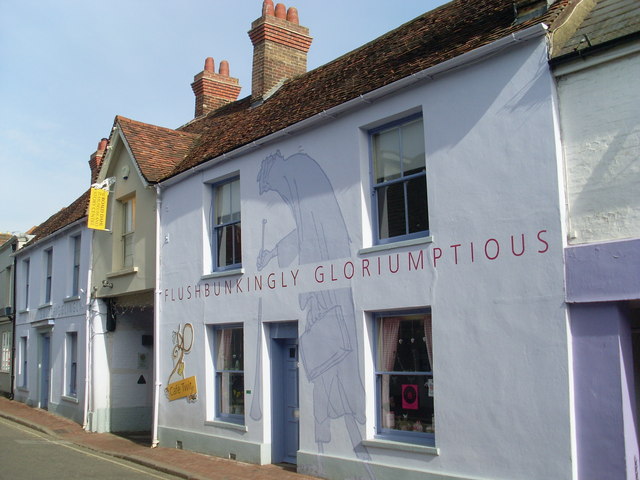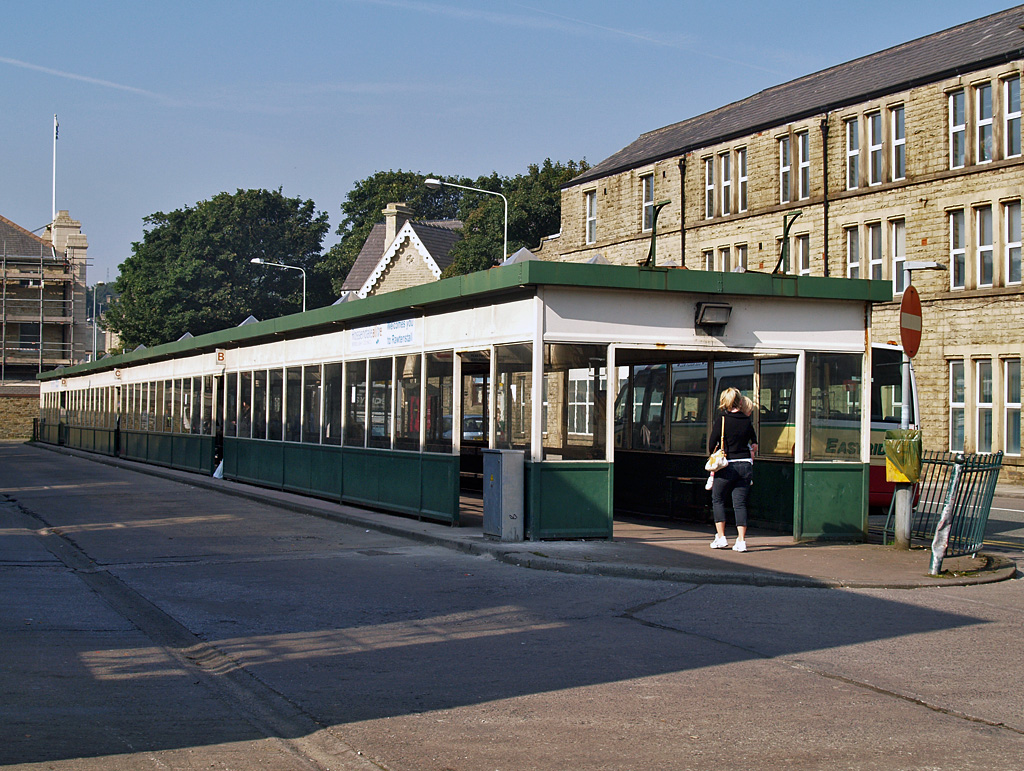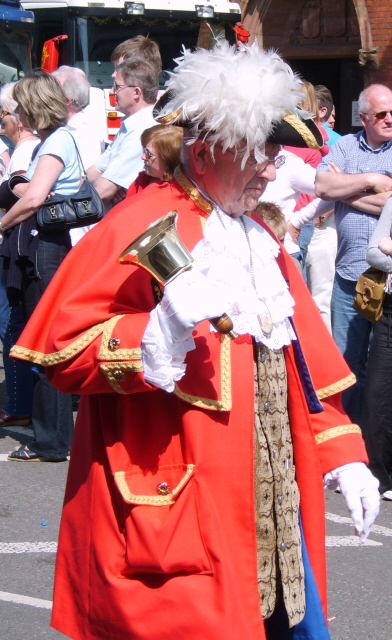|
George Ormerod
George Ormerod (20 October 1785 – 9 October 1873) was an English antiquary and historian. Among his writings was a major county history of Cheshire, in North West England. Biography George Ormerod was born in Manchester and educated first privately, then briefly at the King's School, Chester, before continuing his education privately again under Rev Thomas Bancroft, vicar of Bolton. He matriculated at Brasenose College, Oxford, in 1803, graduated BA in 1806 and received the honorary degree of MA in 1807. In 1806, when he came of age, he inherited extensive estates in Tyldesley and south Lancashire. In 1808, he married Sarah Latham, the daughter of John Latham (1761–1843), a doctor living in Bradwall Hall, Sandbach. Following their marriage they first lived in Rawtenstall but moved to Great Missenden the following year. In 1810 he was the tenant at Damhouse in Astley. By this time he had become involved with research into the history of Cheshire and to make this task ... [...More Info...] [...Related Items...] OR: [Wikipedia] [Google] [Baidu] |
Justice Of The Peace
A justice of the peace (JP) is a judicial officer of a lower or '' puisne'' court, elected or appointed by means of a commission ( letters patent) to keep the peace. In past centuries the term commissioner of the peace was often used with the same meaning. Depending on the jurisdiction, such justices dispense summary justice or merely deal with local administrative applications in common law jurisdictions. Justices of the peace are appointed or elected from the citizens of the jurisdiction in which they serve, and are (or were) usually not required to have any formal legal education in order to qualify for the office. Some jurisdictions have varying forms of training for JPs. History In 1195, Richard I ("the Lionheart") of England and his Minister Hubert Walter commissioned certain knights to preserve the peace in unruly areas. They were responsible to the King in ensuring that the law was upheld and preserving the " King's peace". Therefore, they were known as "keepers o ... [...More Info...] [...Related Items...] OR: [Wikipedia] [Google] [Baidu] |
Tyldesley
Tyldesley () is a town in the Metropolitan Borough of Wigan in Greater Manchester, England. Within the boundaries of the historic county of Lancashire, it is north of Chat Moss near the foothills of the West Pennine Moors, southeast of Wigan and northwest of Manchester. At the United Kingdom Census 2001, the Tyldesley built-up area, excluding Shakerley, had a population of 16,142. The remains of a Roman road passing through the township on its ancient course between ''Coccium'' (Wigan) and ''Mamucium'' (Manchester) were evident during the 19th century. Following the Anglo-Saxon invasion of Britain, Tyldesley was part of the manor of Warrington, until the Norman conquest of England, when the settlement constituted a township called Tyldesley-with-Shakerley in the ancient parish of Leigh. The factory system and textile manufacture during the Industrial Revolution triggered population growth and urbanisation, and by the early 20th century it was said that the mill town was "em ... [...More Info...] [...Related Items...] OR: [Wikipedia] [Google] [Baidu] |
Chester Castle
Chester Castle is in the city of Chester, Cheshire, England. It is sited at the southwest extremity of the area bounded by the city walls. The castle stands on an eminence overlooking the River Dee. In the castle complex are the remaining parts of the medieval castle together with the neoclassical buildings designed by Thomas Harrison which were built between 1788 and 1813. Parts of the neoclassical buildings are used today by the Crown Court and as a military museum. The museum and the medieval remains are a tourist attraction. History The castle was built in 1070 by Hugh d'Avranches, the second Earl of Chester. It is possible that it was built on the site of an earlier Saxon fortification but this has not been confirmed. The original structure would have been a motte-and-bailey castle with a wooden tower. In the 12th century the wooden tower was replaced by a square stone tower, the Flag Tower. During the same century the stone gateway to the inner bailey was built. This ... [...More Info...] [...Related Items...] OR: [Wikipedia] [Google] [Baidu] |
Peter Leycester
Sir Peter Leycester, 1st Baronet (also known as Sir Peter Leicester) (3 March 1614 – 11 October 1678) was an English antiquarian and historian. He was involved in the English Civil War on the royalist side and was subsequently made a baronet. He later compiled one of the earliest histories of the county of Cheshire and as a result of this became involved in a controversy with the Mainwaring family. He developed a library in his home at Tabley Old Hall and made improvements to the house and estate, including building a private chapel in the grounds of the house. He was an active and conscientious justice of the peace and used his position on the Bench to expound his staunchly conservative and Royalist political views. Biography Peter Leycester was born at Nether Tabley, near Knutsford, Cheshire, England, the eldest son of Peter Leycester (1588–1647) and Elizabeth Mainwaring, a daughter of Sir Randle Mainwaring of Over Peover, Cheshire. He entered Brasenose College, Oxford ... [...More Info...] [...Related Items...] OR: [Wikipedia] [Google] [Baidu] |
Tidenham
Tidenham () is a village and civil parish in the Forest of Dean of west Gloucestershire, England, adjoining the Welsh border. Tidenham is bounded by the River Wye (which forms the Welsh border) to the west and the River Severn to the south. Offa's Dyke runs through the western part of the parish, terminating at Sedbury cliff above the River Severn. History The village, once known as Dyddanhamme, is one of the most heavily documented Saxon villages in Britain and has been home to a grand manor of some kind since at least the 6th century AD. The Saxon structure was owned by the Abbot of Bath, who retained some of the documents on what was then an important location until the Dissolution of the Monasteries. The current Tidenham Manor, built in 2005 in the Palladian style, overlooks the river and is adjacent to the Norman parish church of St Mary’s and St Peter’s. Geography The parish includes the villages of Tidenham, Beachley, Sedbury, Tutshill and Woodcroft, the hamle ... [...More Info...] [...Related Items...] OR: [Wikipedia] [Google] [Baidu] |
Chorlton Hall, Backford
Chorlton Hall is a country house to the east of the village of Backford, Cheshire, England. It was formerly in the parish of Chorlton-by-Backford. The house was built probably in the middle of the 18th century. The original owners were the Stanley family of Hooton. In 1811 it was bought by the historian, George Ormerod, who wrote his '' History of Cheshire'' while living in the house. Ormerod sold the house in 1823 to the Wicksted family of Nantwich. It was extended in 1845–46 by the architect Sir James Picton for James Wickstead Swan. The plan of the house is U-shaped. It is rendered with slate roofs and rendered chimney stacks. The house stands on a stone plinth and is in 2½ storeys. Its front is in three bays; the central bay has three windows, the lateral bays project forward, are gabled, and each has one window. Internally, the dining room is plastered in Jacobean style, and the drawing room in Gothic style. The house is recorded in the Nation ... [...More Info...] [...Related Items...] OR: [Wikipedia] [Google] [Baidu] |
Astley, Greater Manchester
Astley is a village in the Metropolitan Borough of Wigan, Greater Manchester, England. Within the boundaries of the historic county of Lancashire, it is crossed by the Bridgewater Canal and the A580 East Lancashire Road. Continuous with Tyldesley, it is equidistant from Wigan and Manchester, both away. Astley Mosley Common ward had a population of 11,270 at the 2011 Census. Astley's name is Old English, indicating Anglo-Saxon settlement. It means either "east (of) Leigh", or ''ēastlēah'' the "eastern wood or clearing". Throughout the Middle Ages, Astley constituted a township within the parish of Leigh and hundred of West Derby. Astley appears in written form as ''Asteleghe'' in 1210, when its lord of the manor granted land to the religious order of Premonstratensian canons at Cockersand Abbey. Medieval and Early Modern Astley is distinguished by the dignitaries who occupied Damhouse, the local manor house around which a settlement expanded. The Bridgewater Canal reached ... [...More Info...] [...Related Items...] OR: [Wikipedia] [Google] [Baidu] |
Damhouse
Damhouse or Astley Hall is a Grade II* Listed building in Astley, Greater Manchester, England. It has served as a manor house, sanatorium, and, since restoration in 2000, houses offices, a clinic, nursery and tearooms. History From medieval times Damhouse was the site of the manor house for the lords of the manors of Astley and Tyldesley. Hugh Tyldesley was the first recorded occupant of the Damhouse in 1212. He was succeeded by his son Henry. The manors were separated after the death of Hugh's grandson, Henry, in 1301 and Damhouse became the manor house for Astley. In 1345 Richard Radcliff took possession of the hall and became lord of the manor in 1353. The Radcliffes remained in possession until the failure of the male line with William Radcliff's death in 1561 and his half sister Ann Radcliff inherited. Ann's husband, Gilbert Gerard, became lord of the manor. He was attorney general to Queen Elizabeth I and knighted in 1579. His son, Thomas Gerard, inherited the house and ... [...More Info...] [...Related Items...] OR: [Wikipedia] [Google] [Baidu] |
Great Missenden
Great Missenden is an affluent village with approximately 2,000 residents in the Misbourne Valley in the Chiltern Hills in Buckinghamshire, England, situated between the towns of Amersham and Wendover, with direct rail connections to London Marylebone. It closely adjoins the village of Little Kingshill, and is a mile from Little Missenden and the larger village Prestwood. The narrow and historic High Street is bypassed by the main A413 London to Aylesbury Road. It is located in the centre of the Chilterns Area of Outstanding Natural Beauty. The source of the Misbourne is to be found just north of the village, although the upper reach of the river runs only in winter and the perennial head is in Little Missenden. The village is now best known as home to the late Roald Dahl, the world-famous Adult and Children's author.Lynn F. PearsoDiscovering Famous GravesOsprey Publishing, 2008 In 2019 the village post town and postcode of HP16, which encompasses Little Kingshill, was revea ... [...More Info...] [...Related Items...] OR: [Wikipedia] [Google] [Baidu] |
Rawtenstall
Rawtenstall () is a town in the borough of Rossendale, Lancashire, England. The town lies 15 miles/24 km north of Manchester, 22 miles/35 km east of Preston and 45 miles/70 km south east of the county town of Lancaster. The town is at the centre of the Rossendale Valley. It had a population of 23,000. Toponym The name Rawtenstall has been given two possible interpretations. The older is a combination of the Middle English ''routen'' ('to roar or bellow'), from the Old Norse ''rauta'' and the Old English stall 'pool in a river' (Ekwall 1922, 92). The second, more recent one, relates to Rawtenstall's identification as a cattle farm in 1324 and combines the Old English ''ruh'' 'rough' and ''tun-stall'' 'the site of a farm or cow-pasture', or possibly, 'buildings occupied when cattle were pastured on high ground' History The earliest settlement at Rawtenstall was probably in the early Middle Ages, during the time when it formed part of the Rossendale Valley in the Hono ... [...More Info...] [...Related Items...] OR: [Wikipedia] [Google] [Baidu] |
Sandbach
Sandbach (pronounced ) is the name of a historic market town and a civil parish in the unitary authority of Cheshire East, Cheshire, England. The civil parish contains four settlements: Sandbach itself as the largest, Elworth, Ettiley Heath and Wheelock. Sandbach is perhaps best known as the original home of Foden and ERF lorries, though neither company now exists in the town; twelve-times National Brass Band Championship winners Foden's Band; the ancient Saxon Sandbach Crosses; and Sandbach services on the M6 motorway. History Known as Sanbec in 1086, Sondbache (also Sondebache) in 1260, and Sandbitch in the 17th–18th centuries, Sandbach derives its name from the Anglo-Saxon ''sand bæce'', which can mean "sand stream" or "sand valley". The modern German word ''Bach'', with a similar origin as ''bæce'', means "brook"; thus, the meaning of Sandbach can be understood correctly in German. In Germany, there are two places and several small waterways of that name, see Ger ... [...More Info...] [...Related Items...] OR: [Wikipedia] [Google] [Baidu] |


.jpg)



